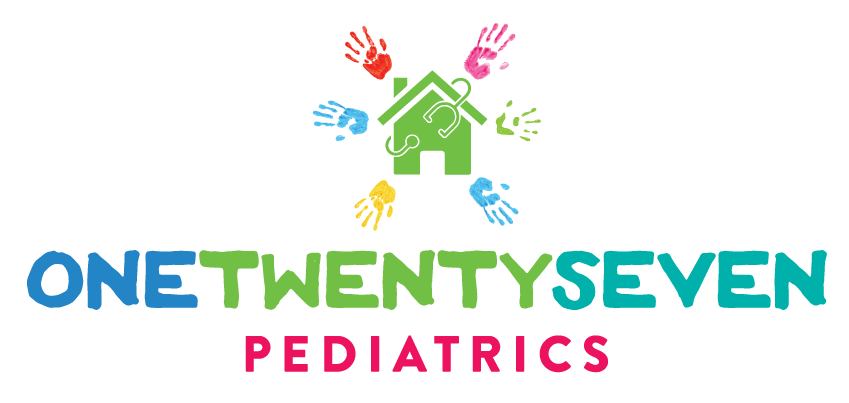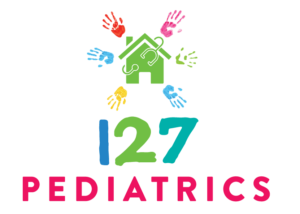Direct Primary Care Pediatrics
There is a small but rapidly growing number of doctors who are practicing under the model of direct primary care. Read more to find out why direct primary care is a growing movement that is making health care delivery better for patients. In this post, we will explore some of the main reasons why direct primary care is changing the way that we think about pediatric primary care.
The main ideas of direct primary care are:
- Improved doctor/patient relationship
- Availability of your doctor
- Continuity of care
- Clear pricing
- No third party interference
- Use your health insurance for emergencies

Improved doctor / patient relationship
The relationship between a patient and a doctor has changed much over the years. So much of medical care, especially pediatric medical care has become fragmented. It is divided among many different doctors or medical providers in many different locations. You may take your child to their regular pediatrician for their well child checks but take them to urgent care if they have a fever after hours. Then, you do a follow up in your doctor’s office, but this time with the nurse practitioner instead of the pediatrician. There is much room in those interactions for advice and treatment that would be better delivered if done by just one person.
Now, imagine that the doctor that sees your child for his or her well exam would also be the one who saw your child for the sick visit and follow up. Your child’s regular pediatrician would be much more likely to treat your child efficiently and in partnership with you as the parent. This would help you to avoid unnecessary medications or treatments. Direct primary care provides an excellent avenue for your child to be seen by the same doctor for all of their care.
Would it be nice to just text your child’s doctor when you have a quick question? Would you like it if your child’s doctor could see your child when they are sick? How much more would you trust the advice that is coming from a physician who is available to you and your family?
Availability of your doctor
The membership model that is the foundation of direct primary care allows your child’s physician to be available to a smaller number of patients. Your membership allows you to text a quick question to the doctor or schedule an appointment when you have a concern. In general, it allows you to have more flexibility and freedom with your child’s care. You are able to reach your child’s actual doctor when he or she is sick, no matter what time of day it is. The pediatrician becomes a trusted adviser that knows your child and your family well.
How many people can say that they can talk to their child’s doctor directly? How many times have you been on hold with the doctor’s office and ended up leaving a message with a nurse instead of talking with the doctor?
Continuity of care
Continuous care by one doctor streamlines the medical care for your child. You never have to wonder who will be seeing your child. You don’t have to worry about what will happen if your child develops fever on a Friday evening or a Saturday morning. Your child’s doctor is available via phone or text after hours. Your monthly membership cost covers access to the doctor and all of your child’s primary care.
What would it be like to have one doctor who took care of your kids and knew them well? Would it be similar to having a doctor as a family member?
Clear pricing
Most of the complaints about healthcare today revolve around cost and lack of transparency. The difference with direct primary care is that you know exactly what you are paying for. Your monthly membership fee covers a specific list of services and anything outside of that will be clearly priced before you agree to the service. There are no surprise bills later. You can plan your monthly expenses in advance.
Would it be great to not get surprise medical bills in the mail? What would you do if you knew exactly how much your child’s care cost you?

No Third Party Interference
Direct primary care eliminates the need to involve a third party in your child’s primary care. It seems like when you go to the doctor, no one can tell you how much something will cost. That’s because it has to go through a process that occurs between your doctor’s office and your insurance company. Your doctor’s office gets paid based on what their particular contract with your insurer states that they can be paid. This leaves you not knowing exactly how much a visit costs or if you will end up owing more money later. These interactions can cause you to not want to take your child to the doctor.
What if you paid your child’s doctor directly? What if your child’s doctor had freedom to decide what care is best for your him or her? What if less than $4/day could give you access to a pediatrician 24/7?
Use Health Insurance for Emergencies
Direct primary care asks you to think differently about health insurance. Insurance should be for emergencies and unforeseeable events instead of the prepaid health care model that it has become. You should maintain a health insurance policy on your kids or be a part of a health sharing ministry that will cover you for an unforeseeable diagnosis or injury.
There are many ways to take advantage of the services of a direct primary care pediatrician while having an affordable health insurance plan in place. There are insurance brokers who can help you navigate the newer and changing laws surrounding health insurance plans.
Would you like to be a part of a new movement in medical care? What if you spent less money on insurance premiums and had greater access to care for your kids?
Call 127 Pediatrics today and find out more about how we are changing healthcare for children in Tarrant County. If you want to know what it’s like to have a pediatrician in your family, click on the green words to read my sister’s guest blog post.
 Dr. Wadley is a Fellow of the American Academy of Pediatrics and an International Board Certified Lactation Consultant. She the owner of 127 Pediatrics which is a direct primary care home visit pediatric practice.
Dr. Wadley is a Fellow of the American Academy of Pediatrics and an International Board Certified Lactation Consultant. She the owner of 127 Pediatrics which is a direct primary care home visit pediatric practice.


